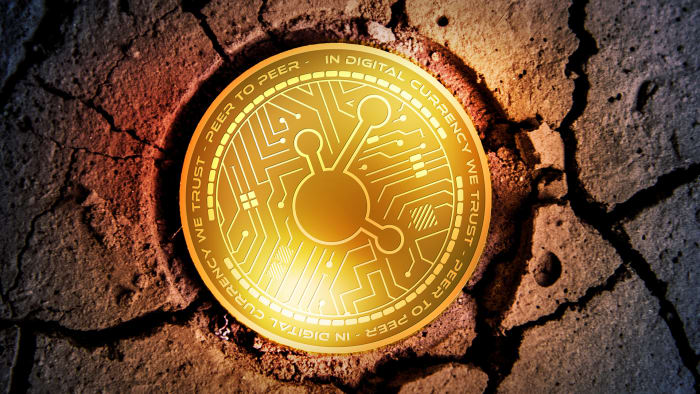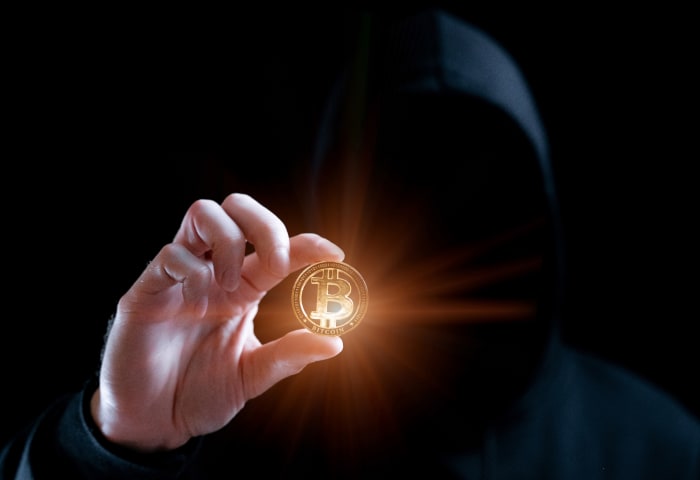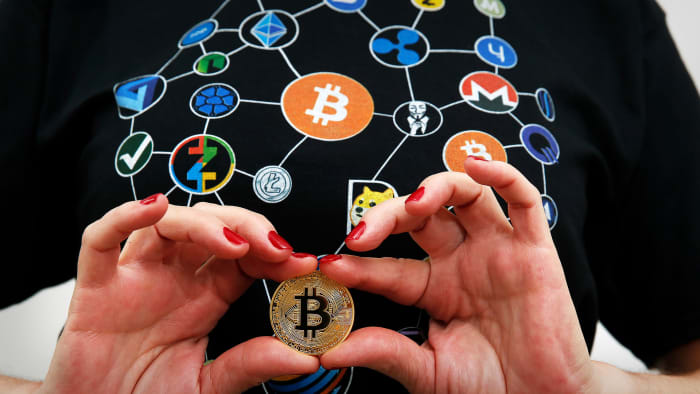President Biden is giving Crypto a bitter taste of what lies ahead
The crypto industry had asked for the menu. But based on the starter, it is not certain that it will like the main course.
The White House has just published its first-ever comprehensive framework for regulating the fledgling financial industry, whose hallmarks are eliminating both middlemen and control over centralized entities.
The guidelines come after a ruling was published in March. The order listed six priorities the White House wanted federal agencies to consider:
- consumer and investor protection
- promote financial stability
- counter illegal financing
- US leadership in the global financial system and economic competitiveness
- financial inclusion, and,
- responsible innovation.
Six months after the White House emphasized the fight against fraud and volatility to protect consumers, Joe Biden’s administration also wants to impose environmental standards on the industry.
The White House is specifically targeting the proof-of-work transaction validation process used by many blockchains, including bitcoin. This mechanism consumes enormous amounts of energy because it requires a lot of computing power.
And with everything else, the administration is pushing for a digital dollar, a kind of digital twin of the dollar, at a time when China has taken a step ahead on this issue.
Unsurprisingly, the crypto industry’s reaction has been negative. Evangelists such as billionaire Michael Saylor have been particularly critical of this framework.
“The latest White House crypto climate and energy report is full of misinformation generated and promulgated by unscrupulous crypto promoters to undermine #Bitcoin and advance their own interests,” Saylor said.
But other influential figures such as Changpeng Zhao, the billionaire CEO of the Binance platform, have hailed this framework as paving the way for long-awaited regulation.
“The United States’ whole-of-government approach to crypto regulation will provide much-needed consistency and clarity over the current patchwork of government laws and regulations governing this area,” Zhao said.
Here’s the outline of that framework, which highlights that millions of people worldwide, including 16% of US adults, have already purchased digital assets at some point.
Fight fraud and illegal activity
– The US Securities and Exchange Commission and the Commodity Futures Trading Commission should “aggressively pursue investigations and enforcement actions against illegal practices in the digital asset space.”
– The White House will “consider whether to urge Congress to amend the Bank Secrecy Act, anti-tipping statutes and laws against unlicensed money transmission to apply explicitly to providers of digital assets – including digital asset exchanges and non-functional token platforms.”
– The Biden administration is not ruling out urging Congress to raise the penalties for unlicensed money transmission to match the penalties for similar crimes under other money laundering laws. Nor does it rule out trying to change federal statutes to allow the Justice Department to prosecute digital asset crimes “in any jurisdiction where a victim of those crimes is found.”
Scroll to Continue
Assessments are due between February and July
“As part of this effort, the Treasury Department will complete an illicit financial risk assessment on decentralized finance by the end of February 2023 and an assessment on non-fungible tokens by July 2023.”
The White House says it came to these tough recommendations because the crypto industry appears to be a lawless jungle for consumers. The administration cites a study showing that nearly a quarter of digital coin offerings — the equivalent of initial public offerings for stocks — had disclosure or transparency issues, such as plagiarized documents or false promises of guaranteed returns.
“Outright fraud, fraud and theft in digital asset markets is on the rise: according to FBI statistics, reported financial losses from digital asset fraud were nearly 600% higher in 2021 than the previous year,” the Biden administration said.
Environmental impact of Bitcoin
The White House is asking the Department of Energy, Environmental Protection Agency and other agencies to consider additional tracking of the environmental impact of digital assets, “develop performance standards as needed; and provide local governments with tools, resources and expertise to reduce environmental damage.”
Bitcoin is not explicitly mentioned, but the blockchain, whose native token is bitcoin, the most popular cryptocurrency, uses proof-of-work to validate transaction blocks in the ledger.
This mechanism creates competition between computers, which solve mathematical puzzles to win the right to validate operations in exchange for bitcoins. This process also guarantees the security and integrity of the platform.
“Operating cryptoassets can take a large amount of electricity — which can release greenhouse gases, strain the power grid, and harm some communities with noise and water pollution,” the White House said.
“There are opportunities to align the development of digital assets with the transition to a net-zero emissions economy and improve environmental justice.”
There are other more environmentally friendly mechanisms, such as proof-of-stake, adopted on September 15 by ethereum, bitcoin’s rival platform.
Digital dollar
The White House is urging the Federal Reserve to explore the launch of a digital dollar, or Central Bank Digital Currency, which would be controlled by the Fed. This identical digital twin of the dollar would be fully regulated.
A US digital dollar “facilitates faster cross-border transactions and is environmentally sustainable,” the Biden administration explained. “It can promote financial inclusion and fairness by providing access for a broad set of consumers.”
It can also “protect against cyber and operational risks, safeguard the privacy of sensitive data and minimize the risk of illicit financial transactions.”
In addition, the White House believes that a US digital dollar “can also help preserve US global economic leadership, and support the effectiveness of sanctions.”
Make Stablecoins more secure
Stablecoins are cryptocurrencies are, as the name suggests, designed to be unaffected by the broad and often sharp volatility of the cryptocurrency market.
They are backed by a fiat currency like actual dollars, or a commodity like gold – equivalent assets stored in a bank.
These stablecoins are increasingly used by institutional investors worldwide because they are easy to move and increase the speed of international transactions.
The problem is that everything happens without the knowledge of regulators and authorities, who have no say in the use.
But the sudden collapse in May of UST or TerraUSD, the stablecoin, has revived calls from the government to regulate stablecoins.
Stablecoins “can create disruptive runs if not paired with appropriate regulation,” the White House said. “The potential for instability was illustrated in May 2022 by the crash of the so-called stablecoin TerraUSD and the subsequent wave of insolvencies that wiped out nearly $600 billion in assets.”
To make stablecoins safer, Treasury will “work with financial institutions to strengthen their capacity to identify and mitigate cyber vulnerabilities by sharing information and promoting a broad range of data sets and analytical tools.”
Treasury will also work to identify crypto-related risks with US allies, including through the Organization for Economic Co-operation and Development and the Financial Stability Board.






